Our month-long stay in Tucson has flown by, and we’re off to other destinations in Arizona. Staying in one place for an extended period of time helped us get through the coldest month of the year in a relatively comfortable spot, even though an unusually wet winter meant we saw a surprising number of cool, cloudy, and even rainy days. We were surprised to regularly experience sub-freezing temperatures overnight, and the nightly news reports were filled with stories of people being rescued from high water on roads and trails. It was not quite what we expected from the desert southwest, but the locals seemed equally perplexed.
As predicted, it was a nice change of pace to get to know a place in greater detail, and to have the luxury of making return visits to places we found particularly interesting. Some of the highlights:
Tubac Festival of the Arts
A tip from a blog reader (thanks, Nancy!) alerted us to the fact that the nearby town of Tubac was holding its Festival of the Arts the second weekend in February, and we headed down to check it out. This charming little town was founded in 1752 as a presidio (a Spanish garrison) that served as a companion to the mission at nearby Tumacacori. Today it is a true artists’ colony, with over 100 art galleries in a town with a permanent population of only about 1,200 people.
Not surprisingly, the art show, which has been an annual event for 60 years, attracts an impressive array of exhibitors. During the show all the stores and galleries in town were open and bursting with inventory. It was great fun to spend a day examining the broad range of items being exhibited: fine art paintings, photographs, sculptures, mosaics, metal art, textiles, jewelry, leather goods, natural soaps, and food ranging from hot sauces to honey. The art show lined all the streets of the downtown area, and there were musicians on every block playing different types of acoustic music and horse-drawn wagons that served as trolleys transporting people around the festival. Charm overload!
We saw a lot of great works at the show both from the festival exhibitors and in the galleries. I think Ken summed it up very aptly with a remark as we were leaving: “If we had a house in Tucson, we could have spent a lot of money today.” Our visit to Tubac also inspired us to check out some of the galleries in Tucson, and we enjoyed visiting the well-established Madaras Gallery. Tiny house living definitely helped save us from some large purchases, because we saw quite a few striking pieces. There is something about southwest colors and motifs that really appeal to us.
UA Tree Ring Lab
Acting on a hot tip from the dentist I visited, we reserved spots on one of the weekly public tours given at the University of Arizona’s Laboratory of Tree-Ring Research. Housed in a visually arresting building, this unique lab focuses on the laborious development of an important scientific tool: dendrochronology. In variable climates like the southwest, the layer of new wood added each year by trees captures the conditions of that year, including temperature, moisture levels, and even levels of atmospheric gases. This allows scientists to construct detailed timelines of the climatic history of the area, and the “fingerprints” left in the pattern of the tree rings can be used to date hewn wood by comparison to the overall chronology for the region. In tropical climates, where plants grow continuously, the trees don’t develop distinct annual rings that can be counted and measured, which is an area the lab is working to improve on.
Our free tour of the lab explained how the tool of dendrochronology was pioneered at UA, and how it is used in a variety of scientific fields. The exact count of tree rings can be used to help calibrate radio-carbon dating measurements to dramatically increase their accuracy. The record of atmospheric conditions over thousands of years, which can be contained in a single redwood tree, helps climate scientists understand historical trends. One lab group is looking at the fire history of forests on the Navajo Reservation in northeastern Arizona, which is helping the Navajo Forest Service to understand the long-term effects of forest fires and improve management practices. Another lab is focused on dating wooden objects found in an archaeological dig in Istanbul, Turkey, to pinpoint ancient timber trade routes. Tree ring analysis has even been used to authenticate Stradivarius instruments by confirming the age of the wood used in their manufacture. The cross-disciplinary utility of the painstaking process of counting and dating tree rings made it all the more interesting.
We were impressed by our several visits to the University of Arizona during our stay. Their world-leading research in the areas we learned about was fascinating, but I think most research universities have similarly exciting things happening on campus. What made UA stand out was the effort the university made to invite the public in to learn about those activities. Like at the Mirror Lab, our tour guide at the Tree Ring Lab was a volunteer, and both did an outstanding job of explaining the work of the lab to laypeople.
Out and About
The surprisingly uninviting weather made it a little challenging to plan our activities, but we managed to explore several different sections of Tucson en route to hiking on nice days. On the northeast side, lovely homes in the foothills of the Santa Catalina Mountains give way to the Coronado National Forest and the extremely popular Sabino Canyon Recreation Area. We did a short hike and enjoyed the extensive nature center, though our hike was cut short by high water filling a wash across the trail and our weekend visit meant we had many, many companions on the trail.
We also checked out some of the lesser-visited areas of Saguaro National Park. The access point tucked off the end of Abingdon Road in northwestern Tucson only has parking for about 3 cars, but was perfectly sized since we saw virtually no other hikers on our trip along the 5-mile Abingdon long loop. Once again, it was interesting to approach the park through a neighborhood of adobe-style homes situated on 3-acre tracts, and our time on the trail offered outstanding views over the city of Tucson spread out in the valley below.
Although we visited plenty of great destinations in Tucson, we still didn’t manage to fit everything in. The destinations deferred include:
- Pima Air and Space Museum. Adjacent to the famous aircraft “boneyard” at Davis-Monthan Air Force Base, the Air & Space Museum is a great destination for aviation enthusiasts. We visited during a prior trip to Tucson, and it didn’t make the cut for a return visit.
- Flandrau Science Center & Planetarium. We would have had free admission to this science museum on the UA campus thanks to our reciprocal membership privileges, but we just ran out of time.
- Kitt Peak. We considered heading out to the national observatory at Kitt Peak for either a nighttime viewing session or daytime tours of facilities like the solar telescope, but cloudy skies got in the way. We had previously attended a night observation session at Kitt Peak, and can confirm that it is spectacular.
- Gem, Mineral and Fossil Show. Over the course of several weeks in February, Tucson annually hosts the largest gem show in the US. This show is actually over 40 different events, taking place all over the city, which include displays of unique items from the natural world. The main event is for businesses only — a reseller’s license is needed to even gain access to the main show — but most events are open to the public and free to visit. We never made it to any of the events, but they all seemed really busy and popular.
Normal Life Tasks
In addition to visiting so many great destinations, an important goal of our extended stay in Tucson was to work on the activities of daily life that can easily get ignored or deferred when constantly visiting new places. During this stay we analyzed and rebalanced our investment portfolio, prepared and filed our 2018 tax return [Note: Our 2018 Costs of RV Travel post has been updated to reflect our generous health care premium tax credit], received mail and packages, upgraded to lighter-weight hiking daypacks, completed much of our route planning for the upcoming year, and had multiple medical visits. In the domain of RV work, we changed out one of our sink drains that was bugging us by clogging constantly, and also flushed and sanitized all our tanks and water lines.
We also had a service appointment with the local Ford dealer to deal with a mysterious development: our horn suddenly stopped working. Ken checked the fuse and looked for obvious signs of damage, but we couldn’t figure it out. It took the service technician about 10 minutes to identify the problem — apparently a desert packrat tried taking up residence in our engine compartment, and made itself at home by chewing through several wires. Packrats are one of the most common pests in this region, and we understand people try all sorts of methods to deter them including leaving human hair strewn on the ground around the parking area. It reminds me of our home in Palm Beach Gardens, Florida, where we constantly battled woodpeckers that wanted to peck nests into the soffits under our eaves. We and our neighbors tried everything from installing large plastic owls on the roof to hanging CDs on monofilament line outside the houses, but in the end we all had to resign ourselves to filling in new holes with Bondo at the end of every breeding season. No matter where one lives, one of the downsides of being close to wildlife is that one is, in fact, close to wildlife.
Unfortunately for me my annual skin check at the dermatologist revealed two moles that needed to be excised, but our month-long stay provided ample time to schedule follow-up appointments to have this minor surgery. Even more unfortunately, I suffered an ongoing skin allergy that started on my neck and spread to my face. It’s a good thing we had already made dermatology appointments, because I was able to get prescriptions for several different treatments, including topical steroids, antihistamines, and prednisone. After battling rashy, itchy, peeling skin for most of the month, it seems that we finally have a diagnosis: I have developed a sudden-onset allergy to the sunscreen I have been wearing daily for a year. That’s OK, because no one needs to wear sunscreen in Arizona, right? Ugh.
Normally I offer photographic evidence of all our adventures, but I refuse to subject blog readers to pictures of teeth being cleaned, rashy skin, or my horrifying sutures. You’re welcome. Instead, let’s wrap up Tucson with a collection of photos that didn’t make the cut for earlier posts:
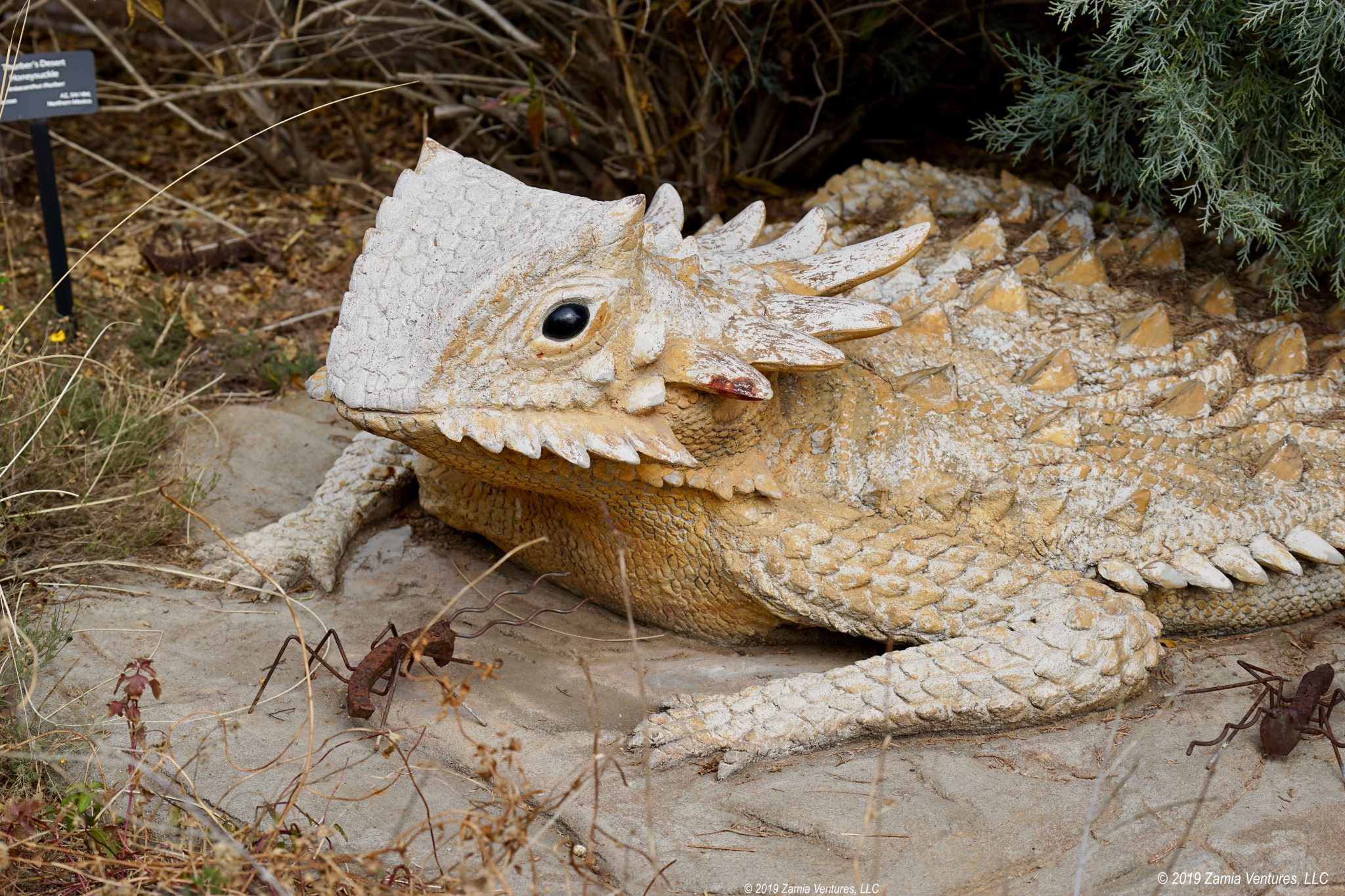
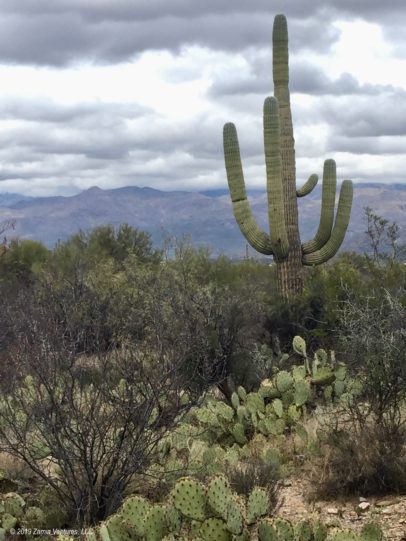
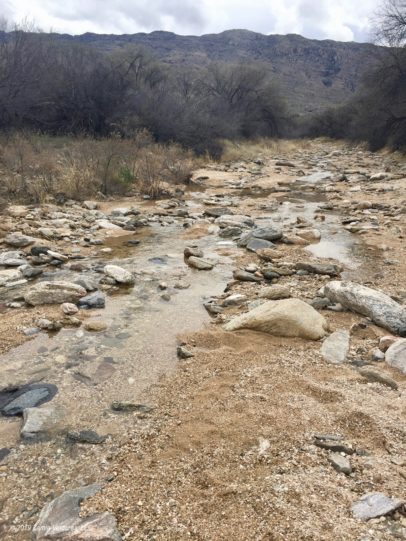
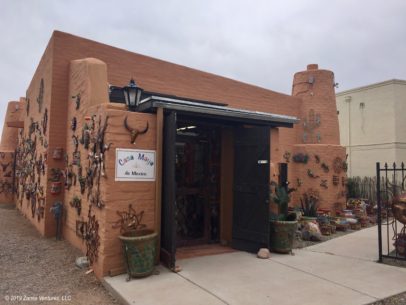
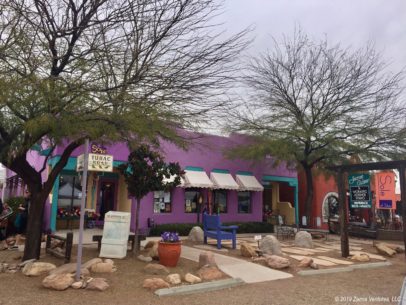
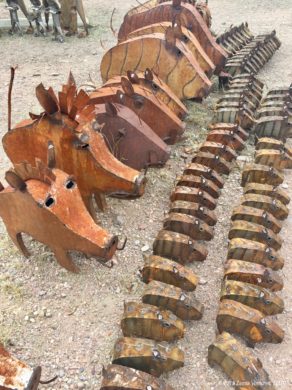
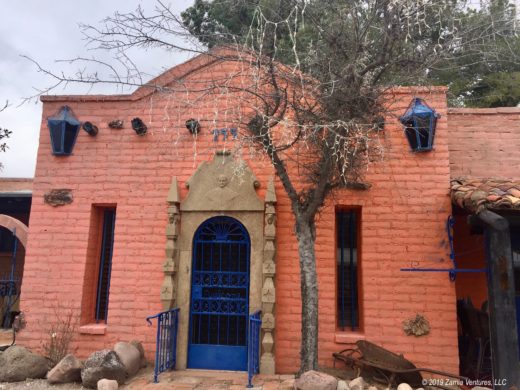
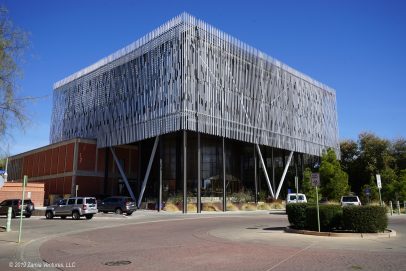
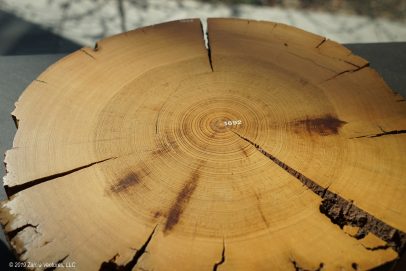
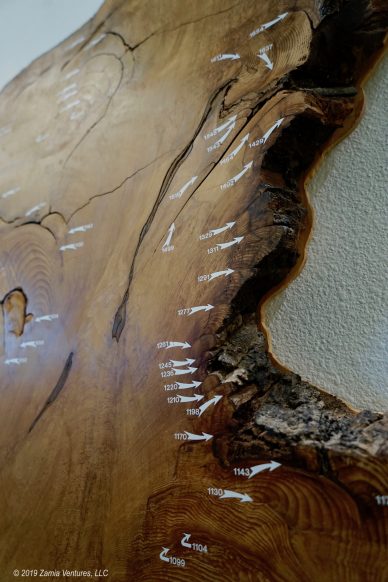
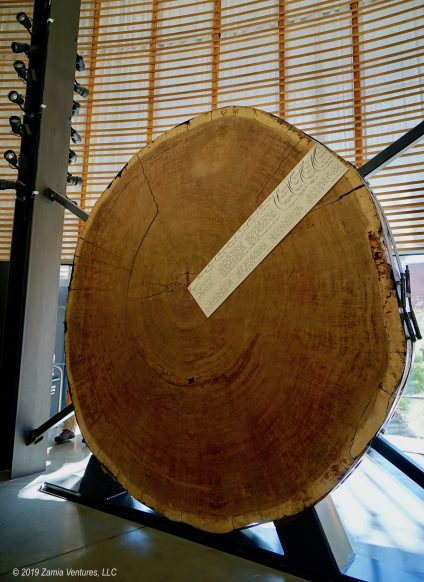
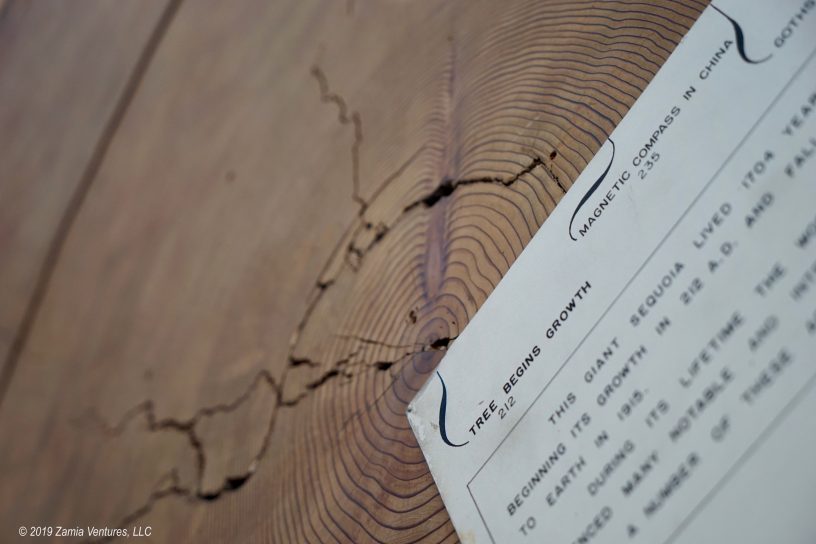
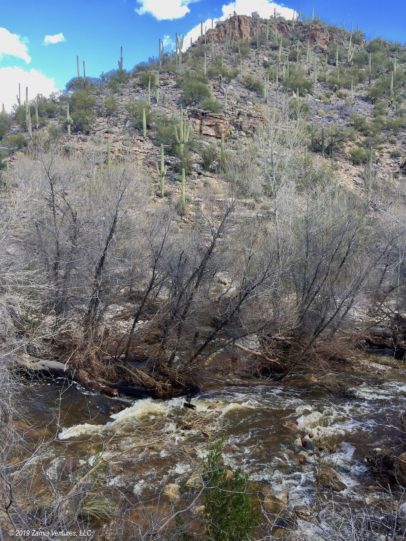
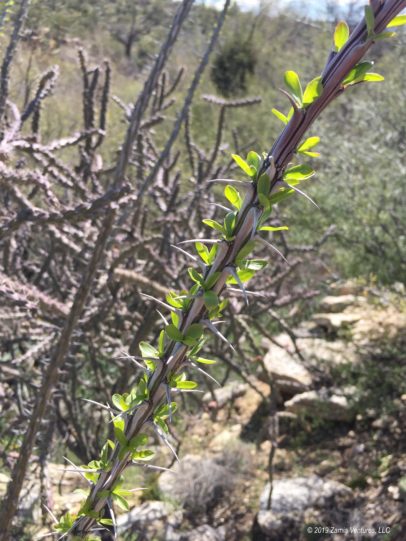
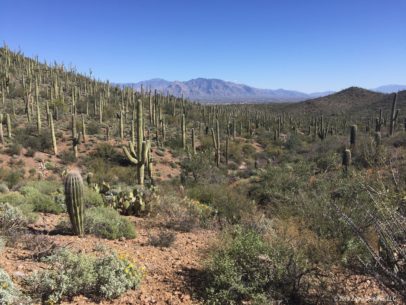
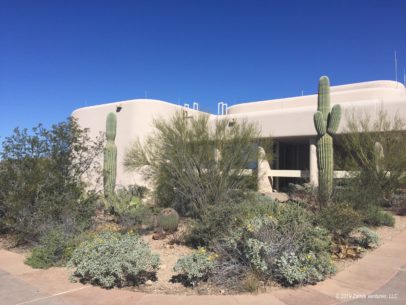
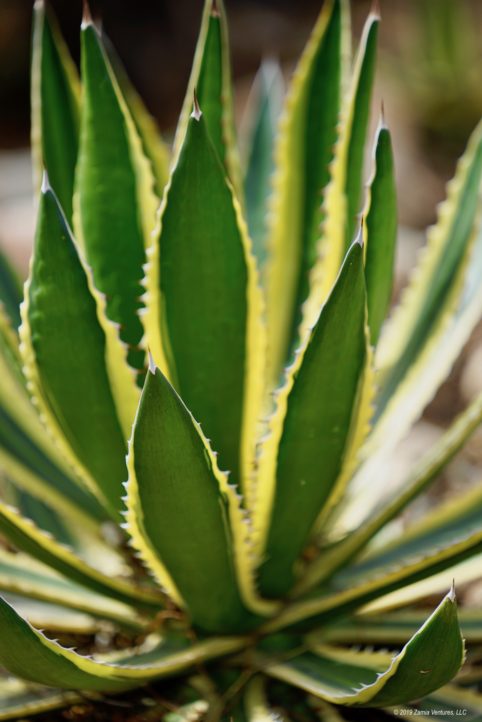
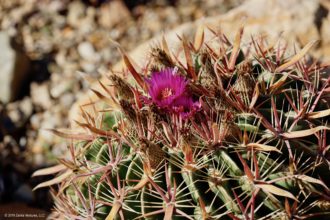
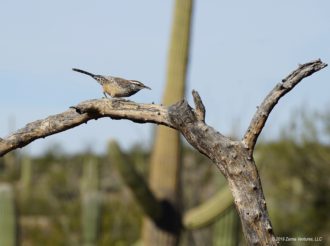
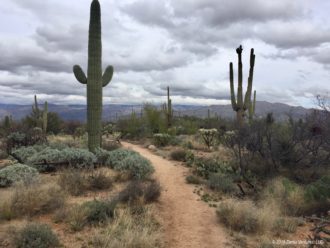
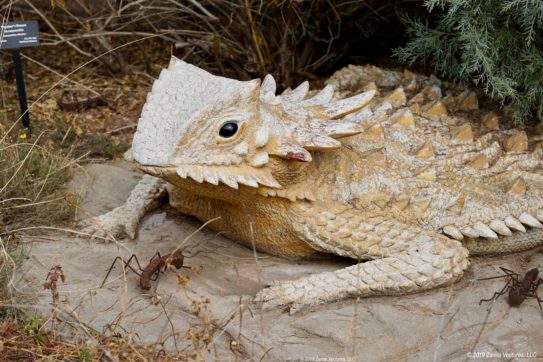
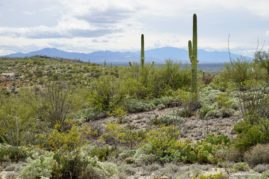
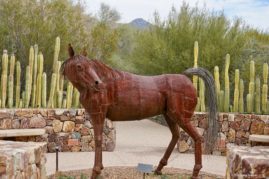
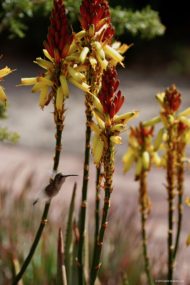
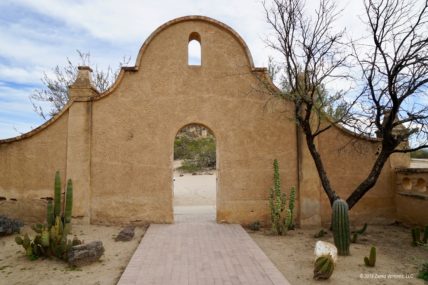
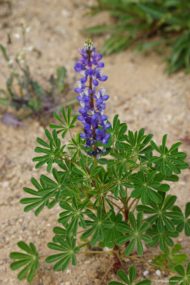
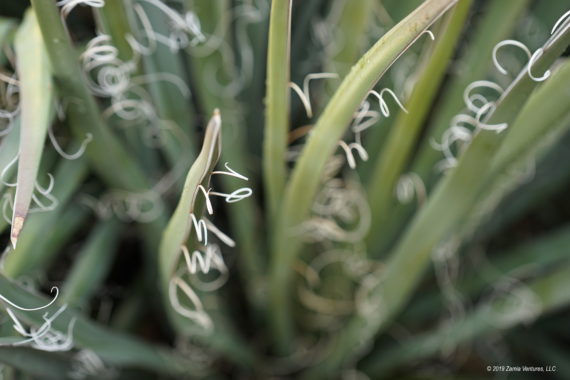
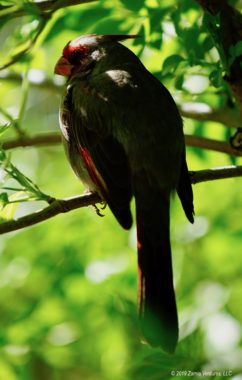
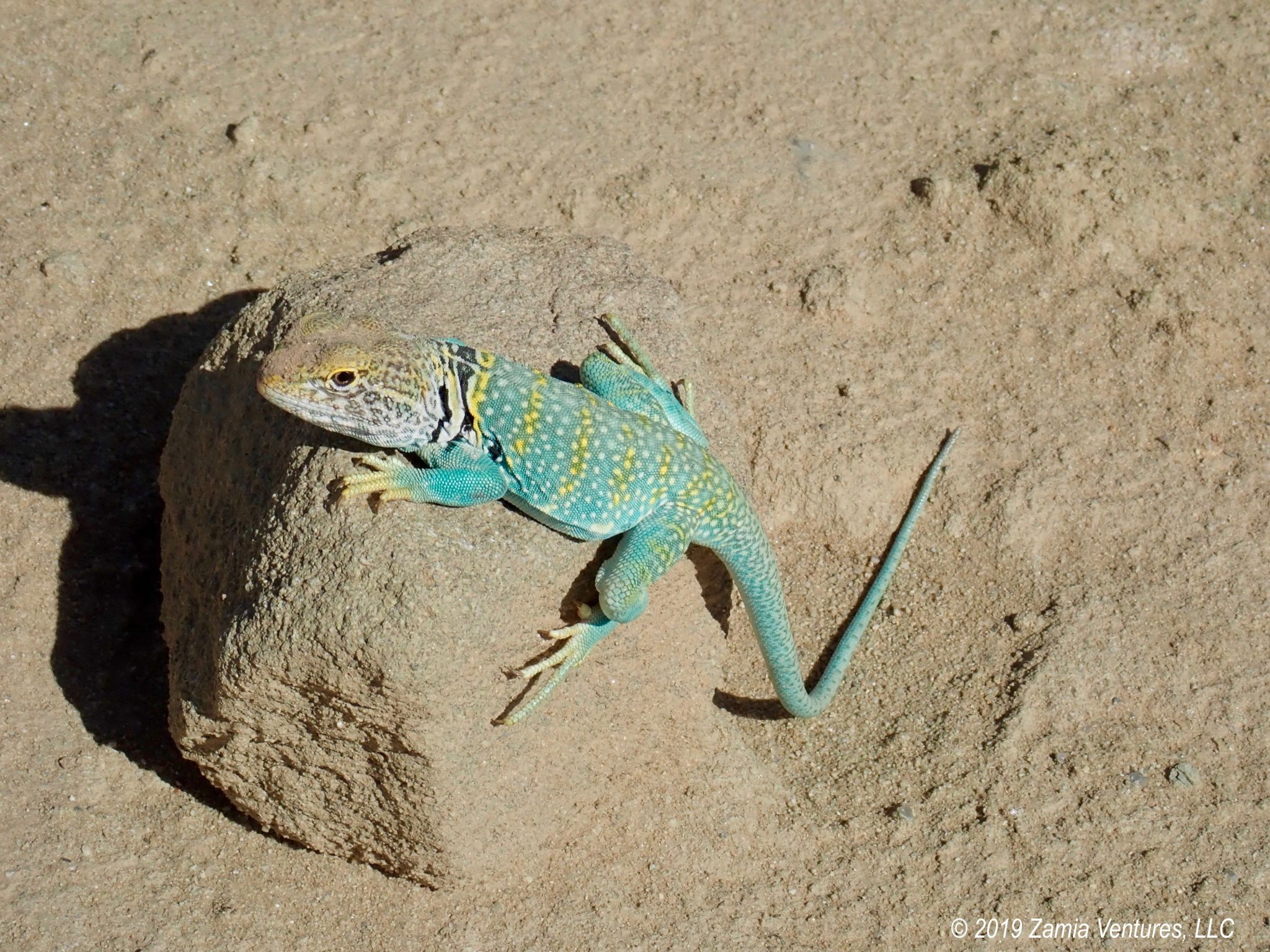
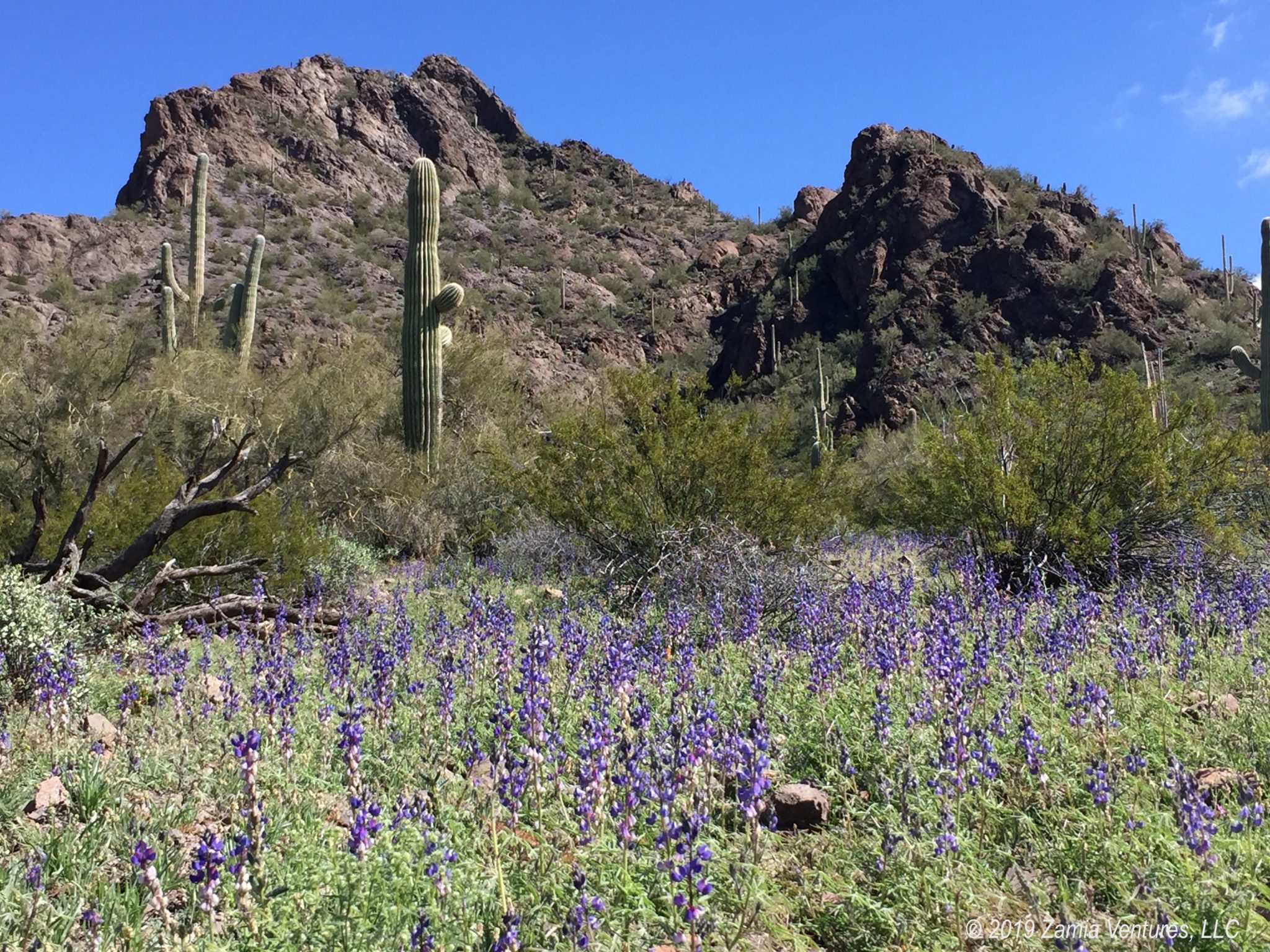
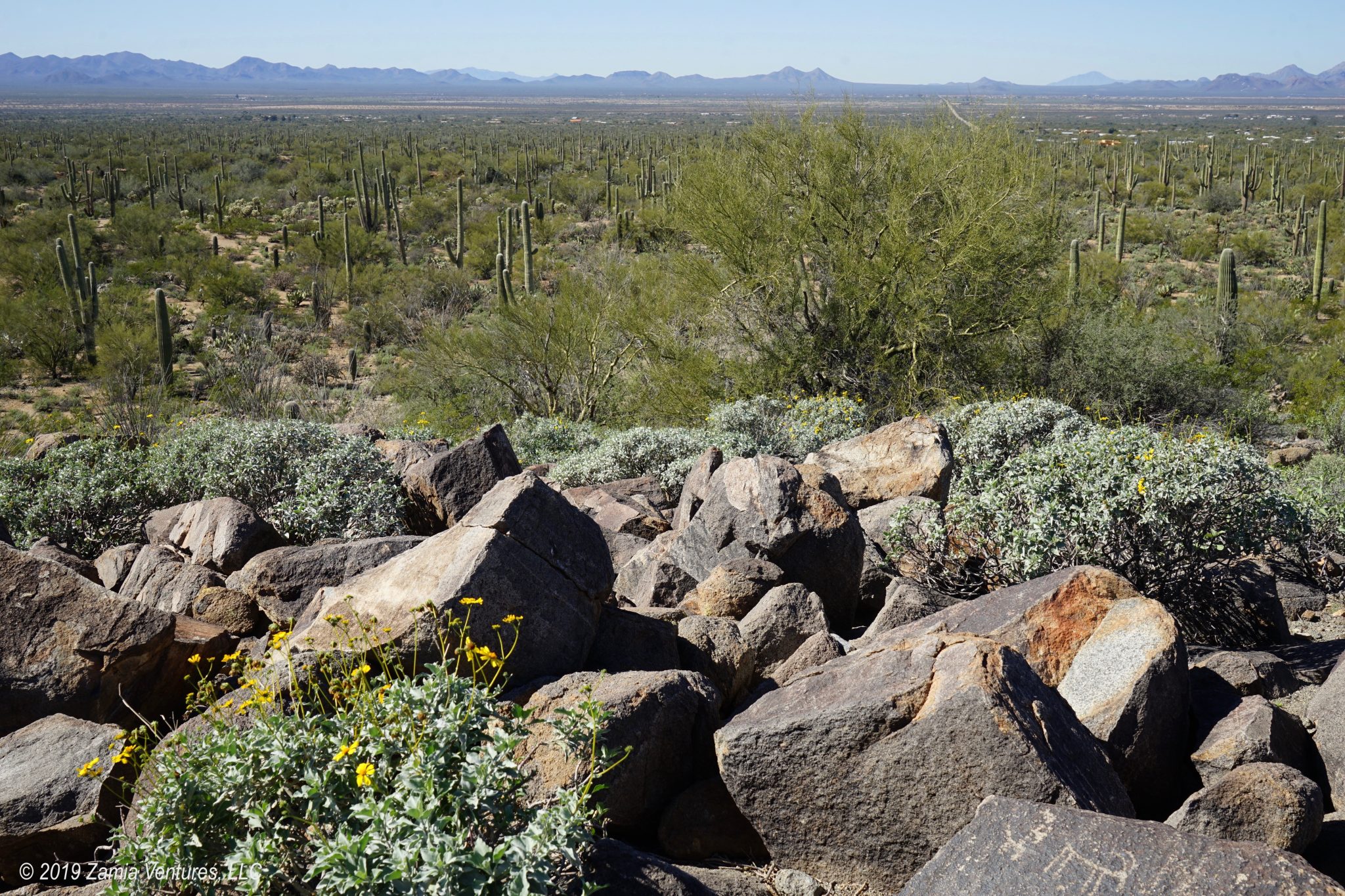
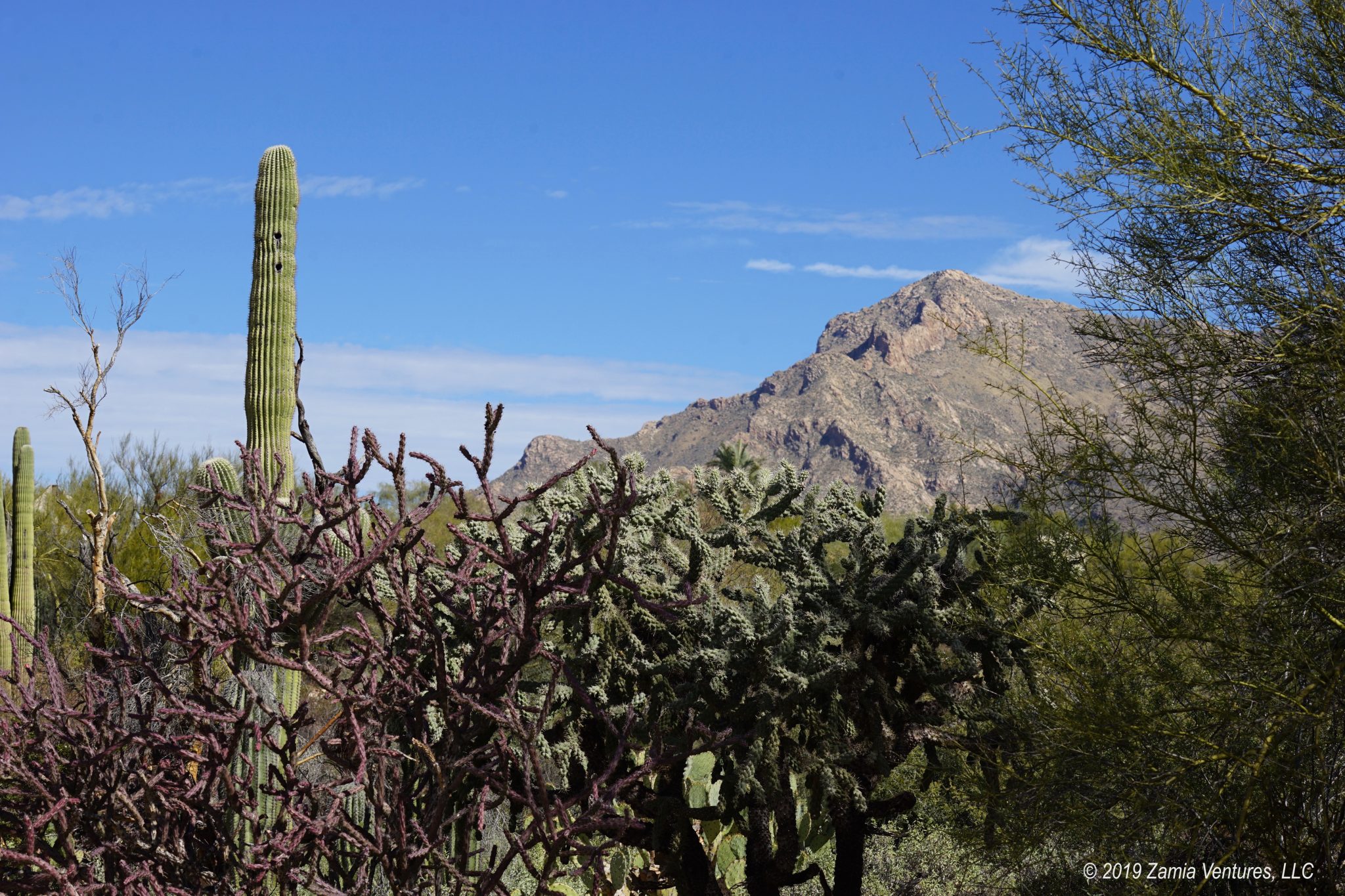
We totally agree about UA. So much groundbreaking work being done, and they make it so accessible and interesting for us laypeople. We can’t wait to get back and check out more of their facilities. There are a ton of them.
Sorry about your packrat issue. Fortunately, there was little damage. We’ve heard horror stories about what those buggers can do. So far, we’ve been lucky, but you’re right – there is some sort of environmental concern everywhere, whether you own a home or you travel.
Looks like you guys had a great stay in Tucson, even with the rather cruddy weather. All the more reason to come back again and explore more.
I am so glad we ended up planning to spend a month in Tucson, since there was so much to do. We could have easily spent longer! In the course of our visit, especially when dealing with local service and medical providers, we found people to be extremely friendly and helpful, which made the whole experience even better. I’m sure we will be back.
What a fabulous month you guys had in Tucson! We’re hoping to be there at least for a couple of weeks next winter, and you’ve given us lots of great ideas for things that we’ve never gotten around to, or didn’t even know existed. A tree ring lab? That’s cool!
I’m allergic to many sunscreens, too (even the non-chemical sunscreens) and break out in an annoying itchy, scaly rash on my neck. Have you found one that you’re not allergic to? After much trial and error, I found DeVita Solar Protective Moisturizer SPF 30 (it’s a mineral sunscreen) and so far, so good.
Love your lush desert photos! (P.S. I believe you have a lupine there instead of a penstemon.)
Plan ahead for the Tree Ring Lab since they only do tours once per week, on a strange schedule (1st Monday of the month, second Tuesday, etc.). It’s well worth it!
The great dermatologist I visited (too frequently) advised that I use only sunscreens that have zinc and/or titanium as the active ingredient. I picked up a CeraVe SPF 30 (Invisible Zinc) that’s designed for extremely sensitive skin but thanks to all the rain I haven’t had the opportunity to try it out yet.
I’m sure you are right about the lupine, and I invite you to take this up with the designers of Tohono Chul’s “Penstemon Garden.” 🙂